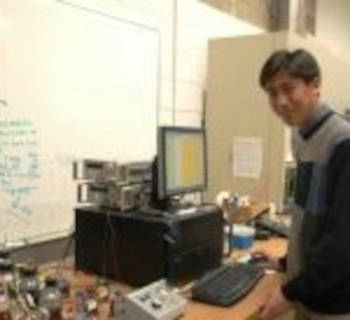
Fresh water and reusable energy. Humans are on a constant hunt for a sustainable supply of both. Water purification requires a lot of energy, while utility companies need large amounts of water for energy production. Their goal is to find a low-energy-required treatment technology.
Researchers from the University of Colorado Denver College of Engineering and Applied Science may have discovered an answer.
Last year, a study published in Environmental Science & Technology incorporated desalination into microbial fuel cells, a new technology that can treat wastewater and produce electricity simultaneously. However, putting it into practical use proved to be challenging due to current fluctuation. Zhiyong (Jason) Ren and his team with the University of Colorado Denver discovered, after six months from the initial hypothesis to completion, that they could produce hydrogen gas, which is collectable and storable, thus making improvements in the technology. The study, titled Concurrent Desalination and Hydrogen Generation Using Microbial Electrolysis and Desalination Cells, was published in Environmental Science & Technology (DOI: 10.1021/es1022202) on December 1 and is funded by the Office of Naval Research.
“Ships and their crews need energy generated on-site as well as fresh drinking water,” said Ren. “Thus, the Navy is very interested in both low energy desalination and renewable energy production.”
A recent study by Logan group at Penn State University also demonstrated similar findings in that the energy contained in hydrogen gas not only can offset the energy used for the desalination process but has surplus that can be used for downstream processing.
Next steps for Ren and his team will include using real wastewater to test the efficiency as well as optimizing the reactor configuration to improve system performance.
“This discovery is a milestone for our new research group,” said Ren. “We are very excited about our findings and will continue working to improve the technology.”



